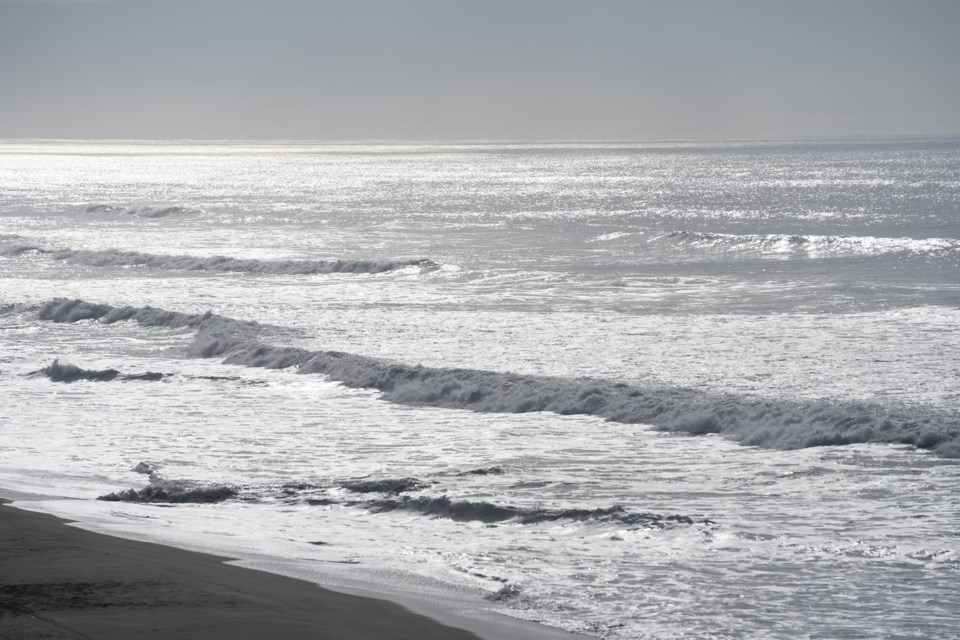ANCHORAGE, Alaska (AP) — The powerful earthquake that struck in Northern California on Thursday prompted a brief tsunami warning affecting about 5 million people along a stretch of the West Coast — from Northern California to Oregon — before being canceled. Here are some things to know about tsunamis:
What is a tsunami?
A tsunami, a word that comes from the Japanese characters for harbor and wave, is a series of extremely long waves caused by the sudden displacement of the ocean, according to the .
“Most tsunamis, and the largest, result from earthquakes on reverse faults. These tsunami-generating earthquakes originate mainly in subduction zones, where tectonic plates collide and one is forced under the other,”
If this is large enough and closer to the ocean floor, the energy from the earthquake can cause the ocean floor to suddenly rise or fall. “This sudden vertical displacement of the ocean floor is what typically sets a tsunami in motion,” NOAA said.
“Tsunamis radiate outward in all directions from the point of origin and can move across entire ocean basins,” the service says.
When the waves reach land, they can cause coastal flooding, and the powerful currents can last several hours or days.
The weather service calls a tsunami as “one of the most powerful and destructive natural forces.”
How often to they happen?
Tsunamis that cause damage or death near earthquakes occur about two times a year, according to the
A tsunami racing across an ocean and causing damage or deaths more than 620 miles (1,000 kilometers) away happens about twice a decade.
Where do they occur?
Tsunamis can occur in any ocean, sea or large body of water. But certain areas are prone to tsunamis because of their proximity to the source and other factors, such as depth and the shape of the ocean floor.
The database says between 1900 and 2015, there were 754 confirmed events. Of those, 78% were in the Pacific Ocean. According to the database, Japan has had the most tsunamis since 1900, followed by Russia and Indonesia.
A magnitude 9.2 temblor, the second most powerful earthquake ever recorded globally, caused widespread damage in the Anchorage area in 1964 and killed 131 people, including some in Oregon and California by the ensuing tsunami.
Most destructive tsunamis
In 2004, a magnitude 9.1 earthquake occurred off Sumatra, an Indonesian island in the Indian Ocean. It generated a tsunami that was as high as 167 feet (51 meters), causing an estimated 230,000 deaths.
Another magnitude 9.1 earthquake struck in Japan in 2011, creating a tsunami with waves reaching 127 feet (39 meters). The tsunami caused about 18,000 deaths and prompted a nuclear power plant accident.
Mark Thiessen, The Associated Press




